A Simple Guide To The History Of Generative AI
16 June 2023
Unlike traditional AI systems that follow predetermined patterns and rules, Generative AI has the unique ability to create. It can generate new content like audio, art, and text, all by learning from a set of data without explicit instructions.
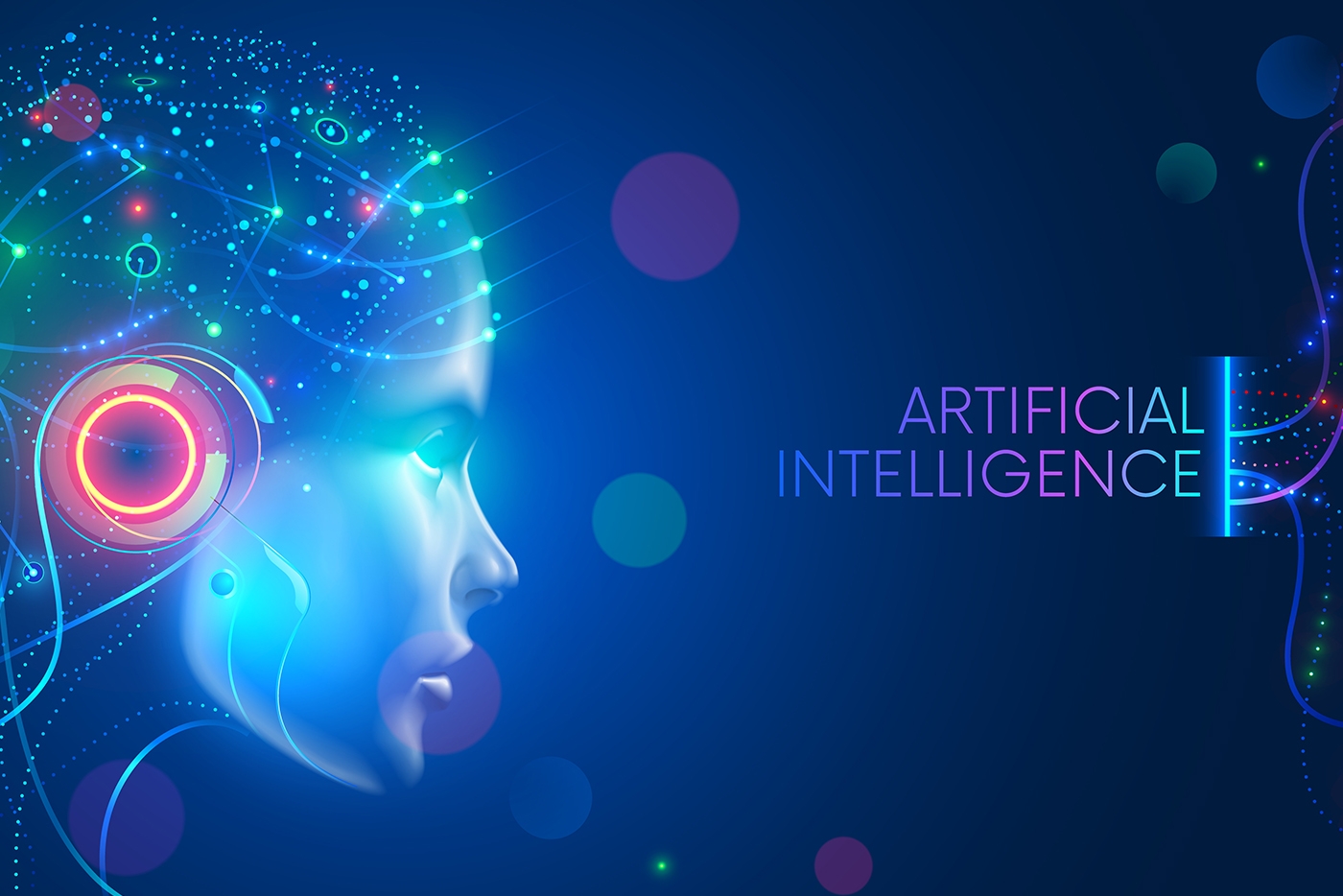
The concept of Generative AI takes us on a journey beyond the realm of binary logic, where AI is no longer just an executor of tasks but also an inventor. AI can be a creative companion that is capable of producing original outputs that can inspire, assist, and even astonish us. This innovative branch of AI opens up a world where machines can reflect some level of human-like creativity, bringing us a step closer to the vision of truly intelligent systems.
The history of Generative AI is a fascinating story — so let’s take a look at its origins, its evolution, and the imprint this technology is making on our lives today.
The Birth of Generative AI
The roots of GenAI trace back to the concept of machine learning. When scientists and researchers introduced machine learning in the late 1950s, they explored the concept of using algorithms to create new data.
One of the first examples of GenAI was the Markov Chain, a statistical model that could be used to generate new sequences of data based on input.
But despite some advances, the computational power and data resources needed for systems like this to flourish weren't yet available.
Machine learning only began to shine in the 1990s and 2000s, when advanced hardware and digital data became more widely available.
The birth of Generative AI, as we know it today, was heralded by the advent of a type of machine learning known as neural networks. Inspired by the human brain, these models use interconnected layers of “neurons” to process and learn from data. A neural network is trained to recognize patterns in a dataset. Once the network is trained, it can make decisions or predictions without being explicitly programmed to perform tasks.
The creative power of Generative AI comes from a specific type of neural network called a Generative Adversarial Network (GAN), which was proposed by Ian Goodfellow and his colleagues in 2014.
Around the same time, other forms of generative models also started to gain traction. Variational Autoencoders (VAEs) and Recurrent Neural Networks (RNNs) began to demonstrate their ability to generate novel content, marking a significant step forward in the field. The emergence of these technologies set the stage for Generative AI's growth and the development of more advanced models.
Continued Milestones in GenAI
The evolution of Generative AI has been marked by a number of important breakthroughs that have each added a new chapter to its history.
Here are some pivotal moments that have reshaped the landscape of GenAI:
- WaveNet (2016): DeepMind’s WaveNet marked a significant advancement in generative models for audio. WaveNet could generate realistic-sounding human speech, which opened doors for more human-like AI assistants and highly accurate text-to-speech synthesis.
- Progressive GANs (2017): Progressive GANs, developed by NVIDIA, were a milestone in producing high-resolution, photo-realistic images. These GANs were able to generate images with unprecedented detail and clarity by progressively adding layers during the training process.
- GPT-2 and GPT-3 (2019, 2020): OpenAI's generative pre-trained transformer (GPT) models marked a significant leap in the field of GenAI for text. They demonstrated the ability to generate coherent and contextually relevant sentences, making them useful for a wide range of applications, from writing assistance to the chatbot population.
- DALL-E (2022): OpenAI launched DALL-E to the public. DALL-E is a deep learning model that can generate digital images from natural language prompts.
- ChatGPT (2022): Open AI released ChatGPT, a conversational chatbot based on GPT, and the platform reached one million users within five days.
- GPT-4 (2023): The latest GPT model is reportedly more accurate and has advanced reasoning capabilities. Premium ChatGPT users now have optional access to GPT-4 within the chatbot.
Each of these milestones brought Generative AI closer to its current capabilities, overcoming challenges related to computational power, data quality, and training stability.
The Incredible Impact of GenAI
Today, Generative AI stands as a testament to the power of human imagination and technological innovation. It has grown from humble beginnings into a sophisticated technology capable of producing remarkable output.
The applications of Generative AI now span a broad array of industries and fields. In healthcare, it's used to create synthetic data for research, allowing scientists to move healthcare forward while maintaining privacy regulations. In the entertainment industry, it's used to develop new video game levels or generate special effects for movies.
Fashion professionals use GenAI to create virtual designs or predict upcoming trends, while marketers leverage it to create personalized advertisements. In the field of natural language processing, GenAI is the driving force behind chatbots, virtual assistants, and advanced writing tools.
Of course, GenAI is not without its problems, and our regulations will need to keep up with this rapidly-changing technology. The U.S. Copyright Office launched a new initiative to address policy and regulation issues raised by GenAI.
Generative AI's Evolving Narrative
As we look to the future, it's clear that generative AI will continue to shape our world in ways we can't yet imagine. As we grapple with these changes, understanding the history of this technology can help us navigate its future.
Related Articles
The 12 Best Smart Home Devices Transforming Homes in 2025
By now, “smart” versions exist of just about every home appliance, gadget and gizmos we can think of. However, manufacturers continue[...]
11 Most Reliable AI Content Detectors: Your Guide To Spotting Synthetic Media
Since the launch of ChatGPT just two years ago, the volume of synthetic – or fake – content online has increased exponentially.[...]
The AI-Powered Citizen Revolution: How Every Employee Is Becoming A Technology Creator
Something remarkable is happening in organizations around the world.[...]
6 Mistakes IT Teams Are Guaranteed To Make In 2025
The next wave of artificial intelligence isn't just knocking at enterprise doors - it's exposing fundamental flaws in how organizations approach technology transformation.[...]
2025’s Tech Forecast: The Consumer Innovations That Will Matter Most
Consumer technology covers all of the tech we buy to make our lives more convenient, productive or fun.[...]
7 Healthcare Trends That Will Transform Medicine In 2025
Healthcare has evolved dramatically in recent years, with technology driving countless new opportunities, just as demographic and societal factors have created new challenges.[...]
Sign up to Stay in Touch!
Bernard Marr is a world-renowned futurist, influencer and thought leader in the fields of business and technology, with a passion for using technology for the good of humanity.
He is a best-selling author of over 20 books, writes a regular column for Forbes and advises and coaches many of the world’s best-known organisations.
He has a combined following of 4 million people across his social media channels and newsletters and was ranked by LinkedIn as one of the top 5 business influencers in the world.
Bernard’s latest book is ‘Generative AI in Practice’.

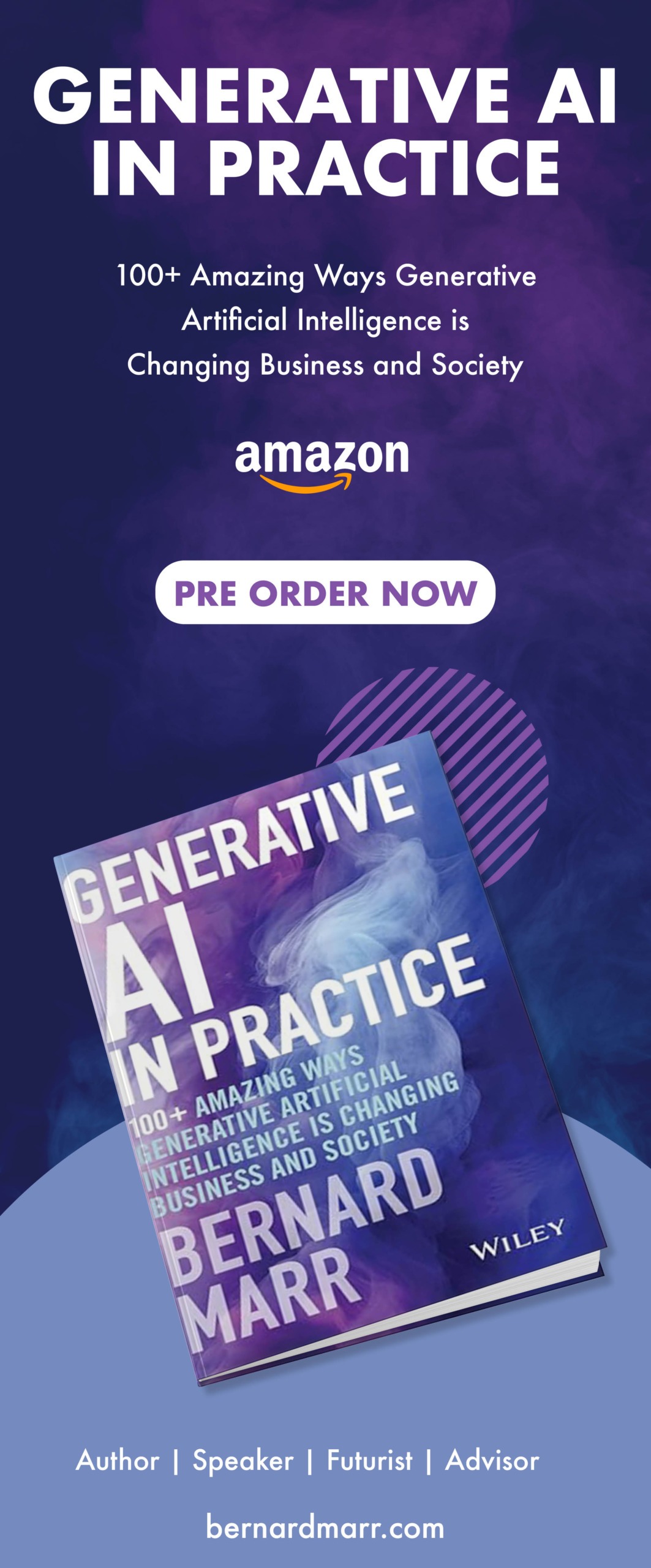



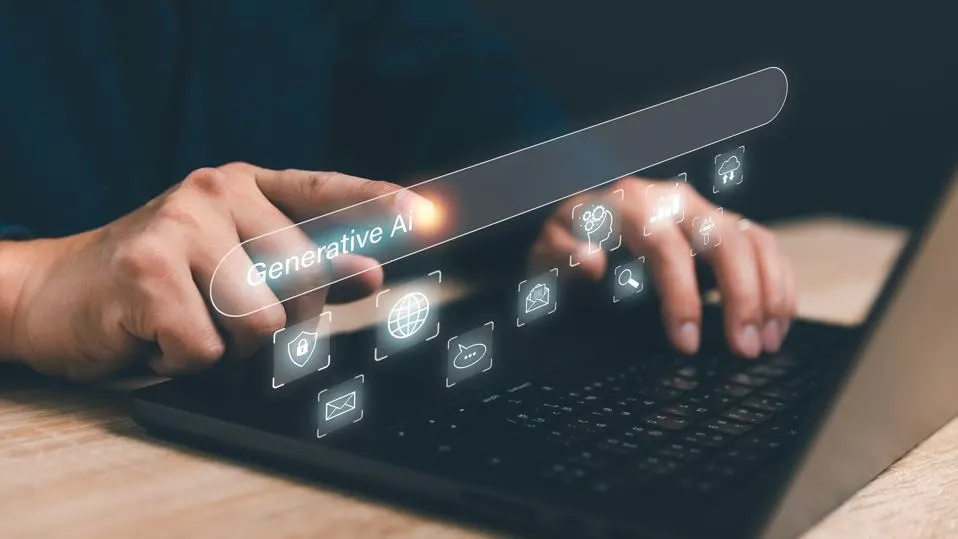
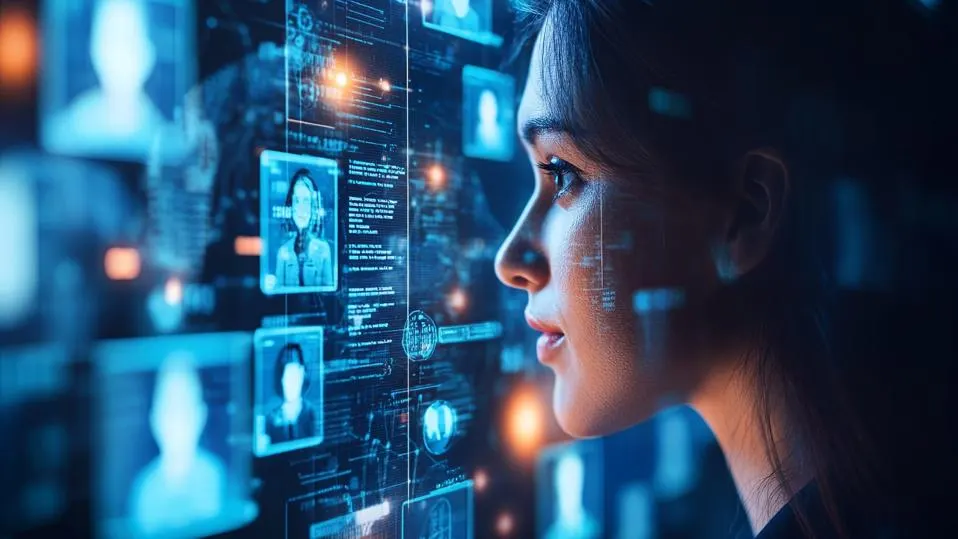

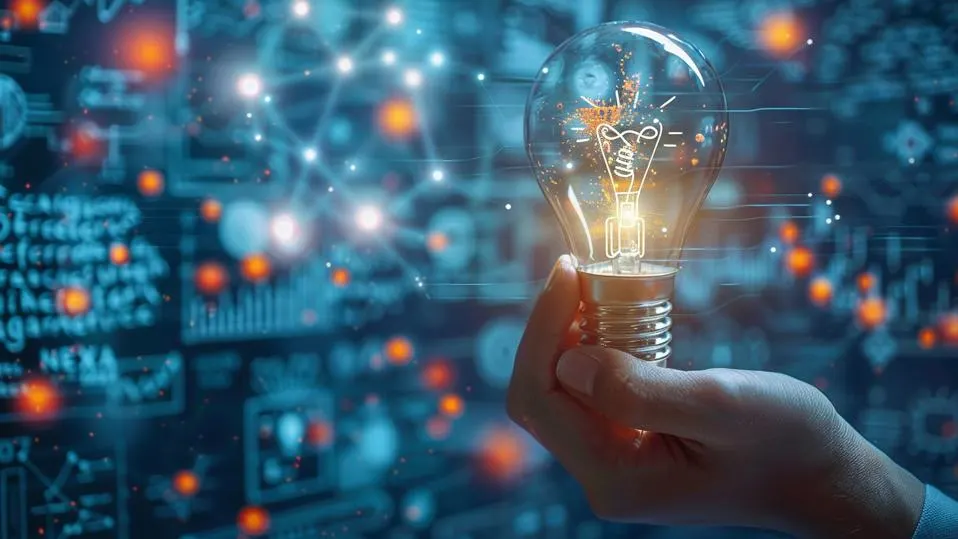
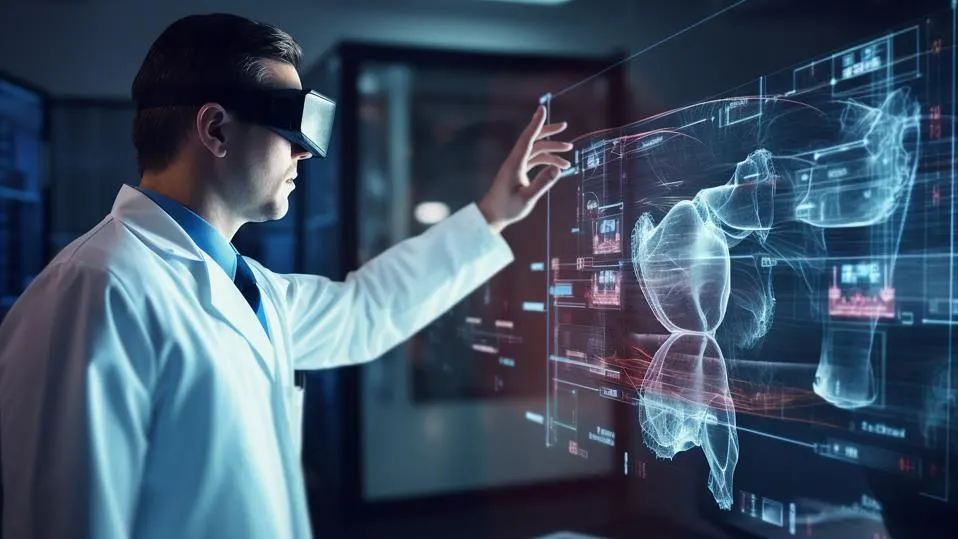
Social Media